|
The summer season has been quite unusual. We experienced a late spring freeze damaging the buds of the fruit trees. Now summer growing season offers the challenge of an extended heatwave. Yet the Ozarks provides a rich green landscape full of life and a variety of new growth.
The property has a large variety of deciduous hardwood tree species. The post oak - blackjack oak - black hickory combination is extensive, yet it is common to find American and winged elm as well as black walnut. Post Oak (Quercus stellate) is one of the most common hardwoods in the Ozarks and is found on the steep rocky slopes and ridges. The historic structures at DHHC were built of oak timbers milled on site. The American Elm (Ulmus americana), although devastated by Dutch Elm Disease in recent years, is still found throughout the Ozarks. Often planted to provide shade for early homesteads such as those found here at DHHC, these long-lived trees are native along the creek banks of Democrat Hollow. Black Walnut (Juglans nigra) occurs widely in the Ozarks. A favorite of furniture and cabinet makers, the tree is also important for wildlife in the region. 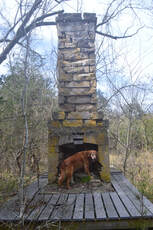 After we completed our winter production of Christmas trees and wreaths, we began 2020 with a focus on forest restoration. The hardwood forest on the property is primarily oak-hickory, with a mixture of walnut, locust, dogwood, and cedar forming a complex upland forest ecosystem. The native Eastern Red Cedar tree (Juniperus Virginiana), while a beautiful native evergreen, is also an invasive species in disturbed sites, leading to large areas of single species monocultures and limited wildlife habitat. This spring we began a long-term reforestation project to selectively thin invasive cedars and replant native hardwoods recommended by the Arkansas Forestry Commission. The restoration project is also designed to establish a trail system for access to the historic chimney of one of the early settlers in the hollow. The chimney of the “Democrat House” was most likely built in the 1880’s by Miles’ great grandfather, a local stone mason, helping his neighbor build a home. The neighbor, who was known locally as “The Democrat” later sold the property to our family and the home was then abandoned. All that remains now is the chimney, and the name “Democrat Hollow” that was given to the watershed. The small disk of aromatic Eastern Red Cedar is from one of the many trees we have removed from an area damaged years ago by heavy equipment. Eastern Red Cedar wood is frequently used in cedar chests and closets to repel moths and other insects in stored clothing. This is just our way of sharing with you a small part of the activities and adventures here at the farm. 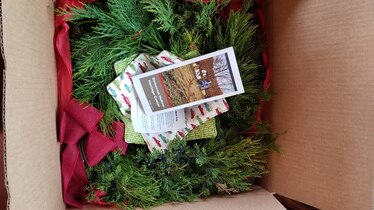 Our first seasonal from the farm. Our Christmas trees have matured to a point that we harvested a few for friends and family and then crafted seasonal wreaths for those of you that couldn't visit during the holidays. Becky included a few handmade quilted "bowl cozys". This was a great experience and something we hope to continue. The seasonal wreath is made from the native Eastern Red Cedar (Juniperus virginiana) and boughs of Virginia Pine (Pinus virginiana). The Eastern Red Cedar is the most abundant evergreen in Democrat Hollow, widespread along the rocky soils and limestone outcrops of the property. We began growing the Virginia Pine, also known as the “Southern Christmas Tree,” five years ago. We now sustain a tree plot of about 150 trees on a six-year rotation, along with a small orchard, vineyard, berries, lavender, wildflowers, and bees. |
Archives
April 2023
Categories |
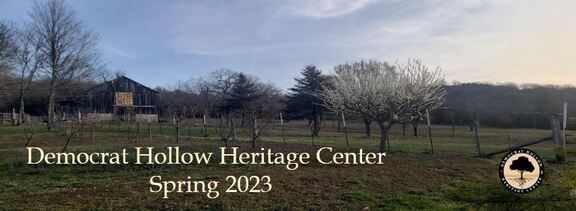

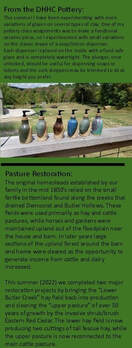
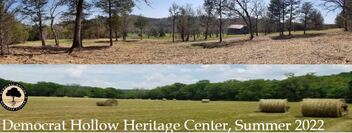
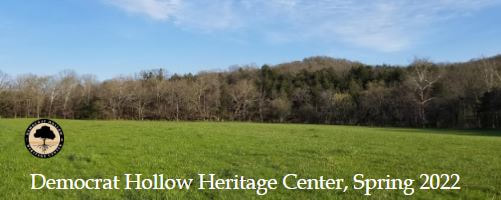
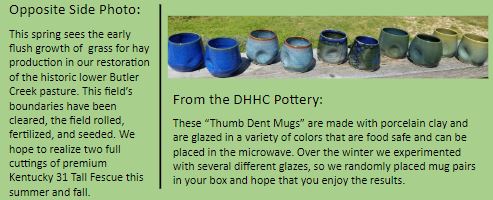
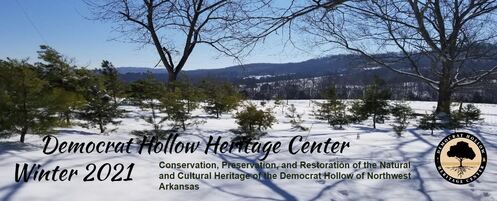
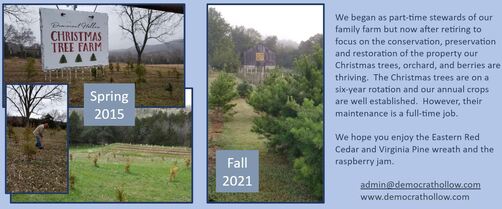
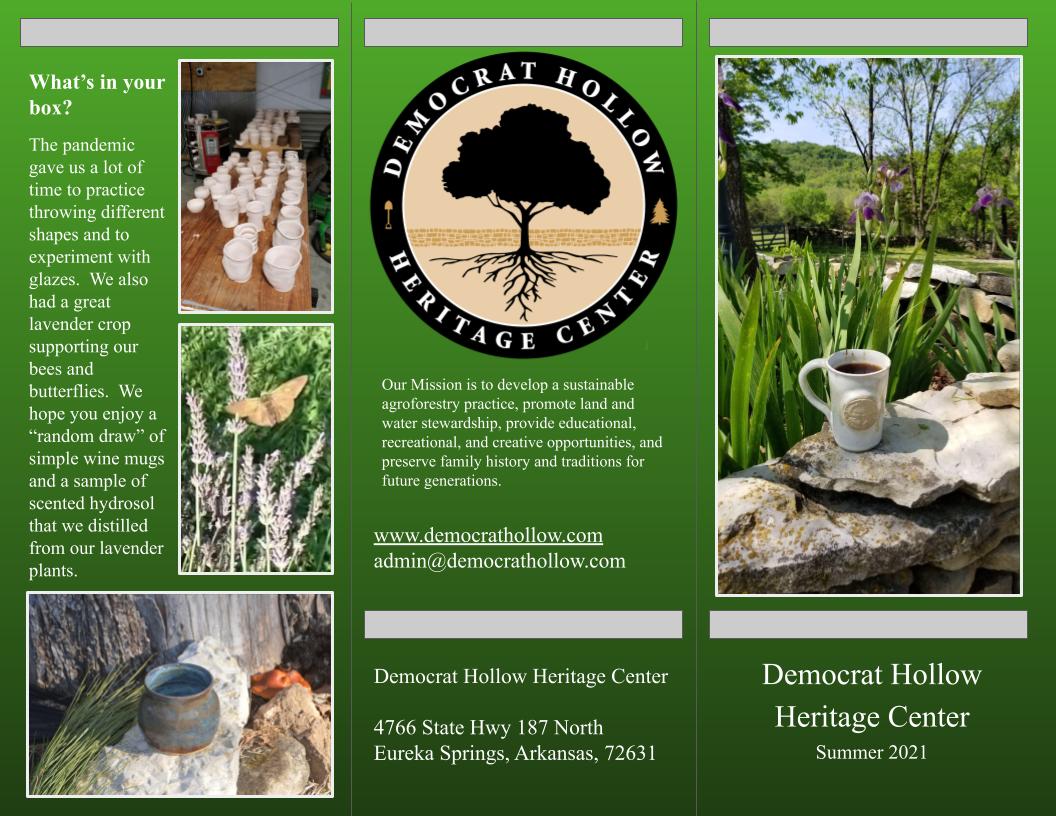
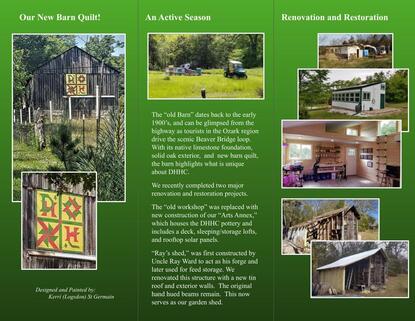
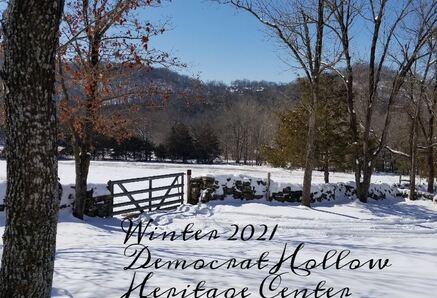
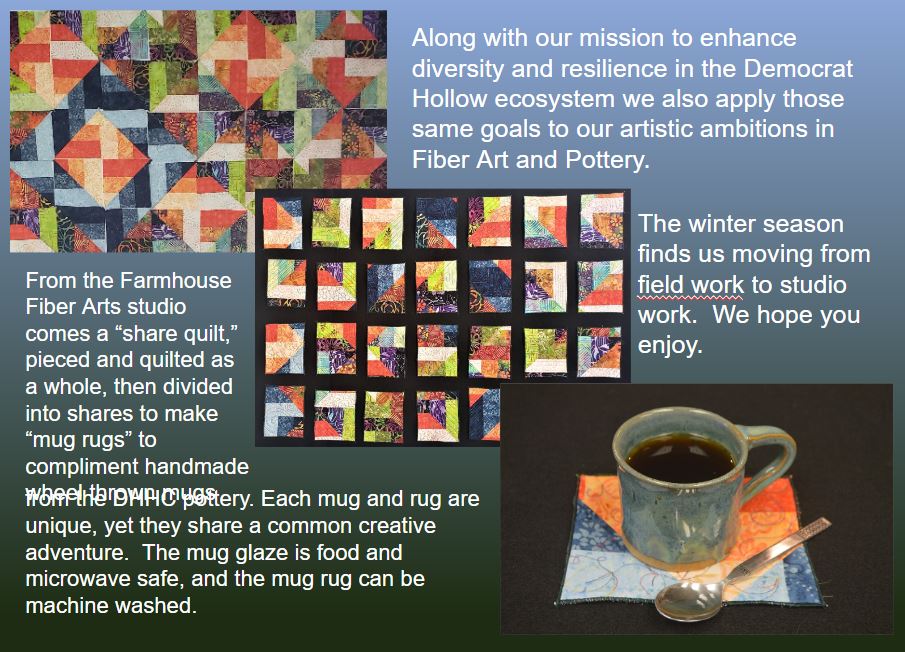
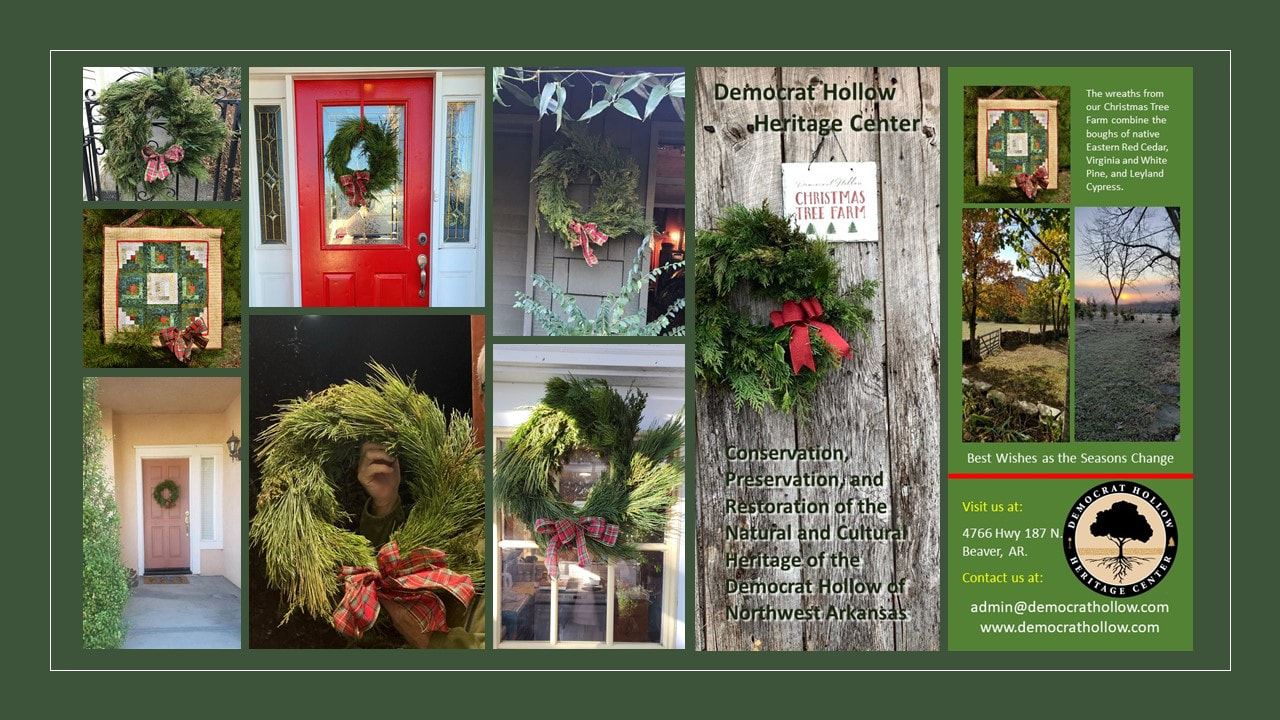
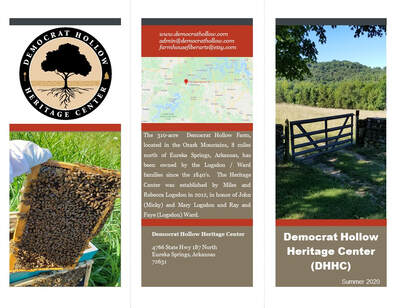
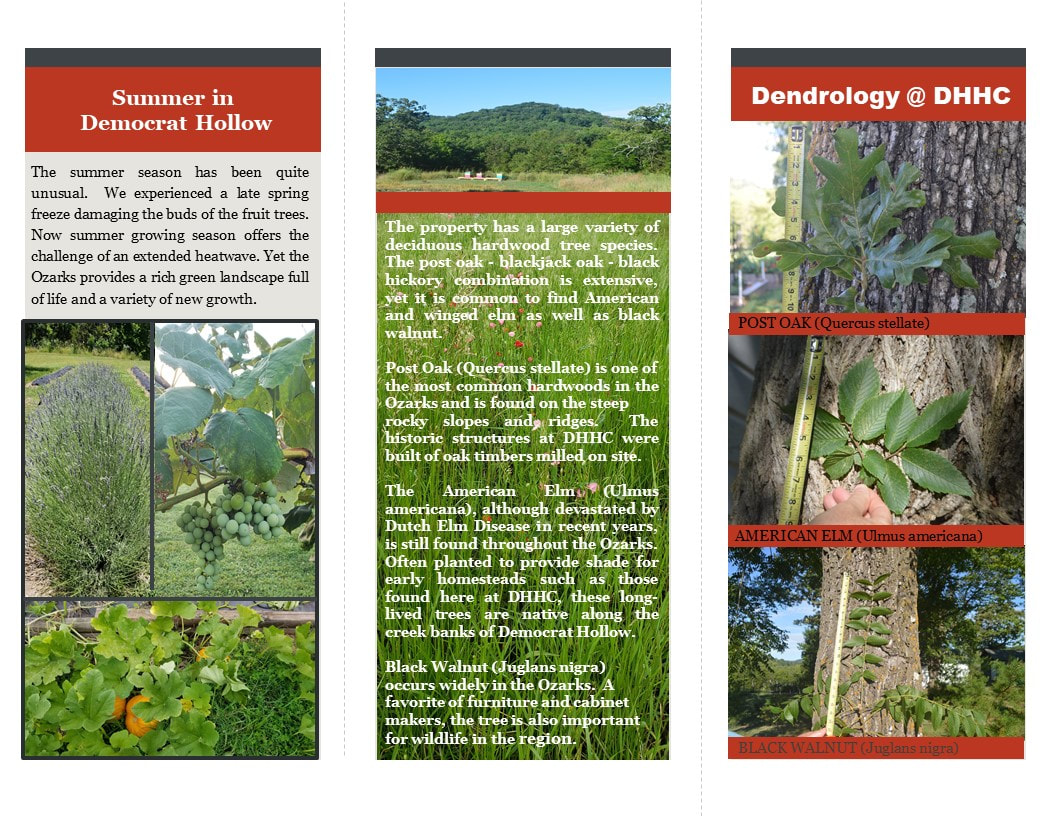
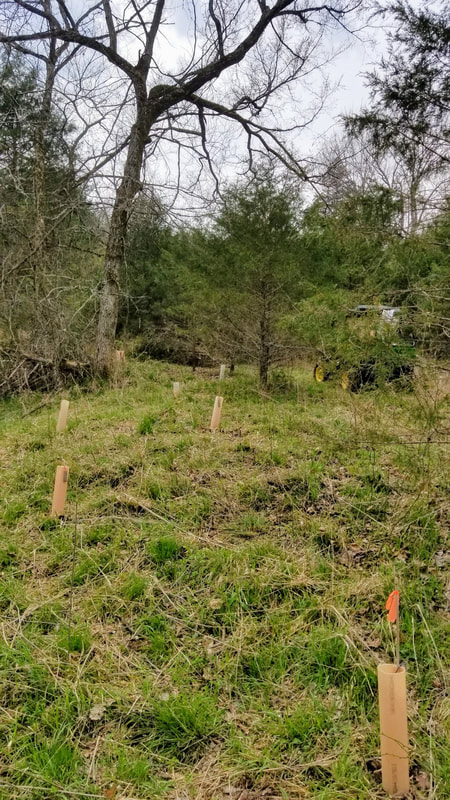
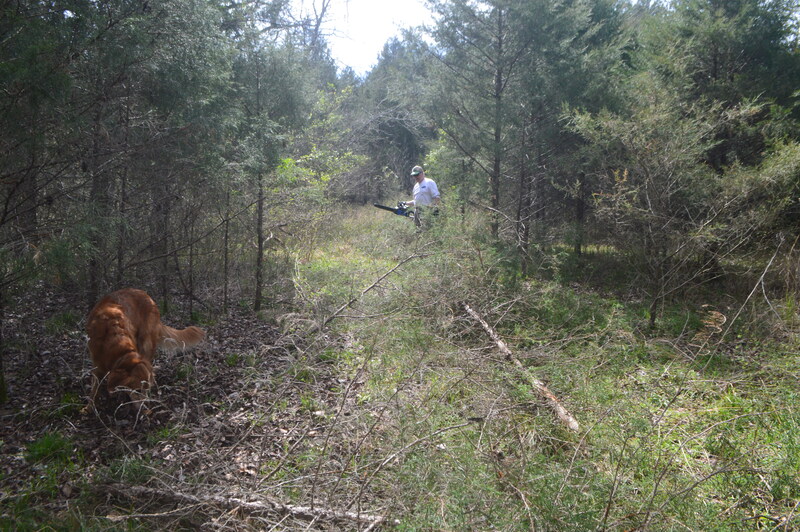

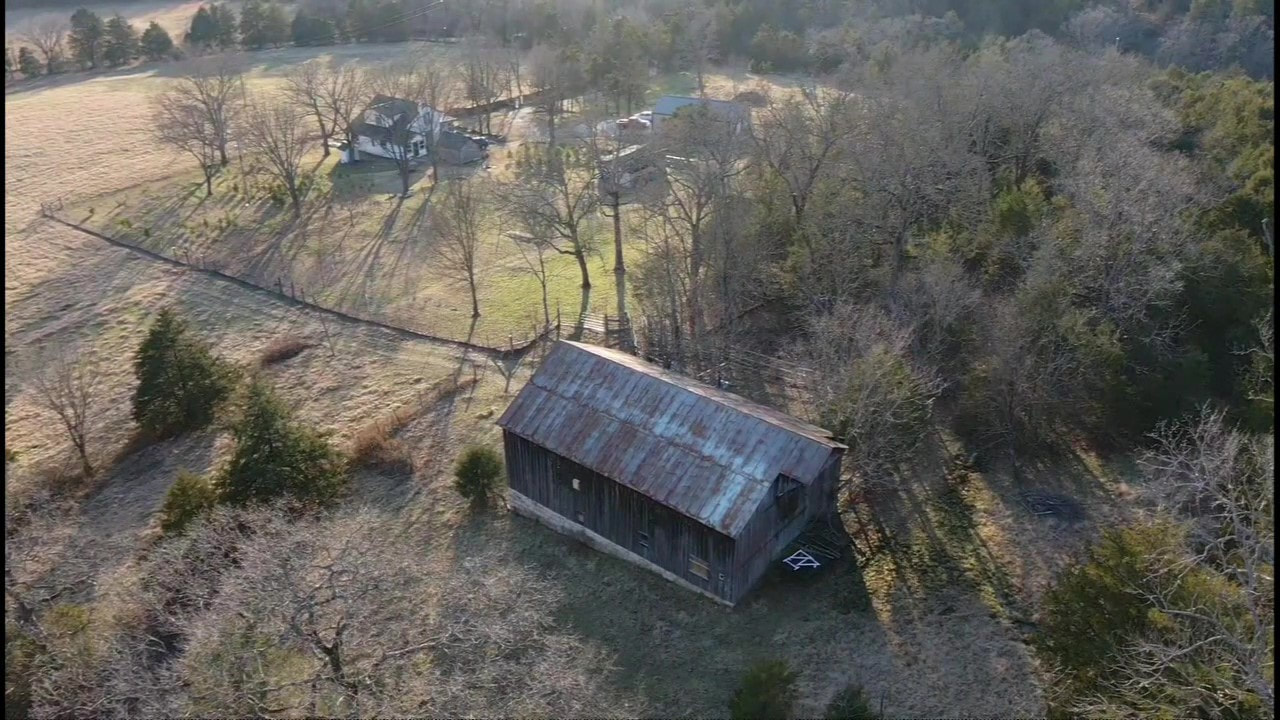
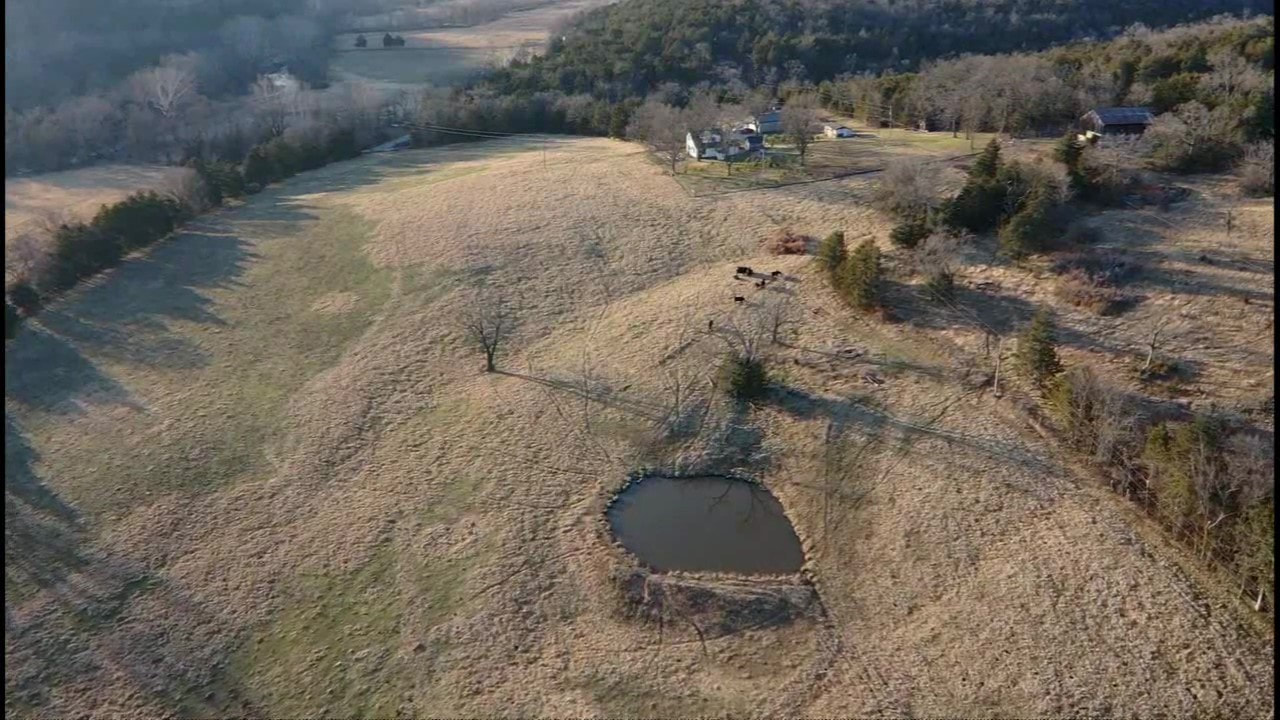

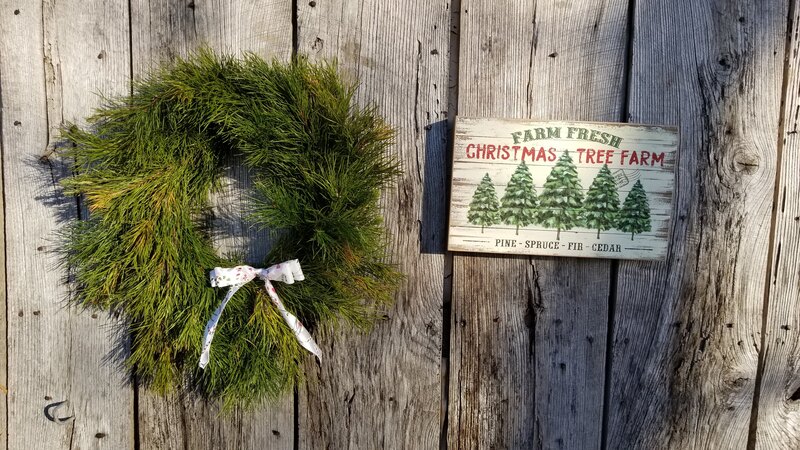
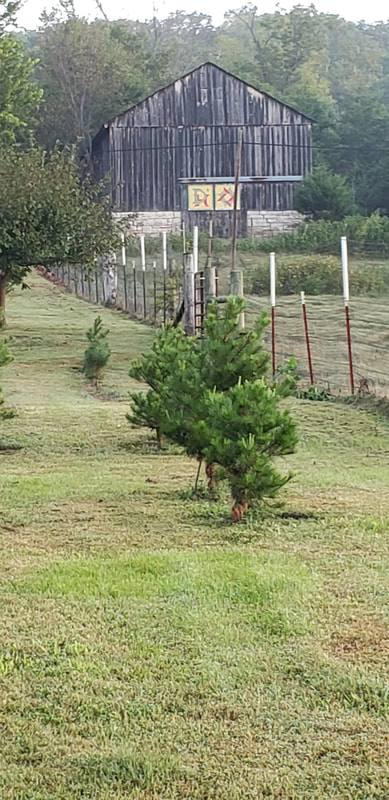
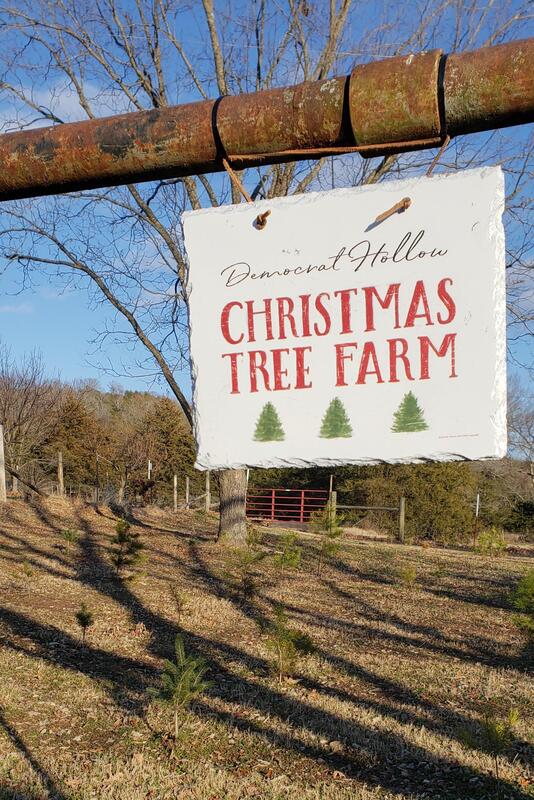
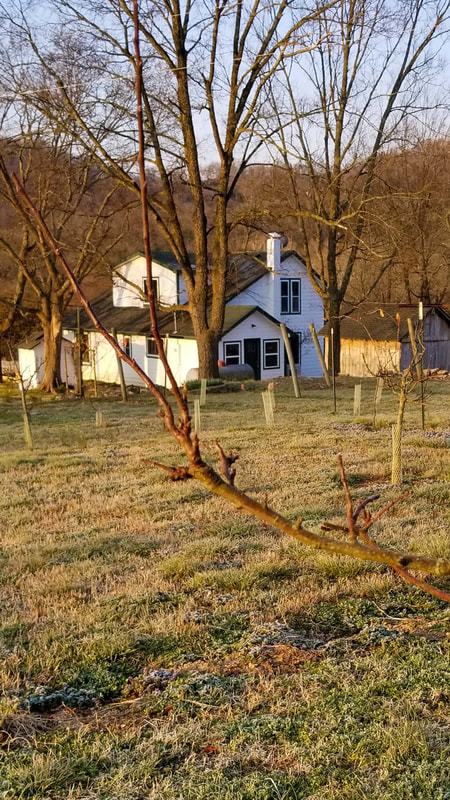
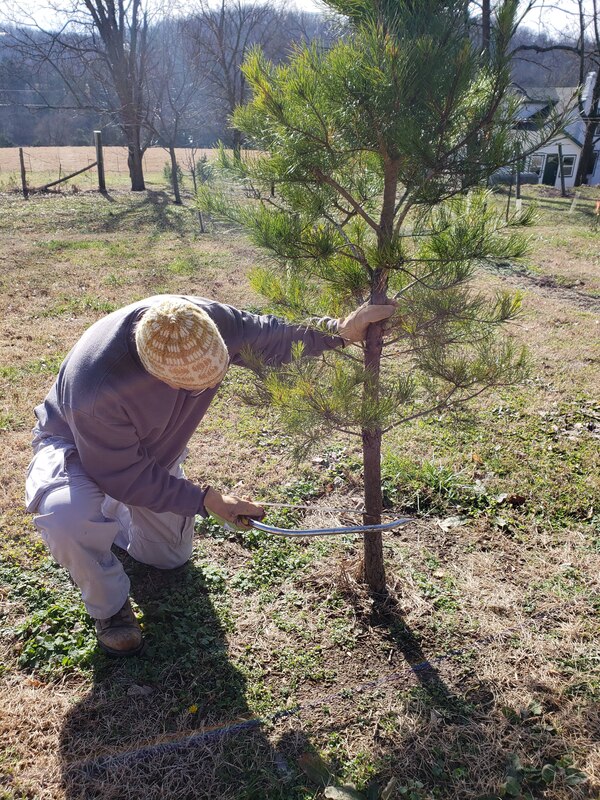
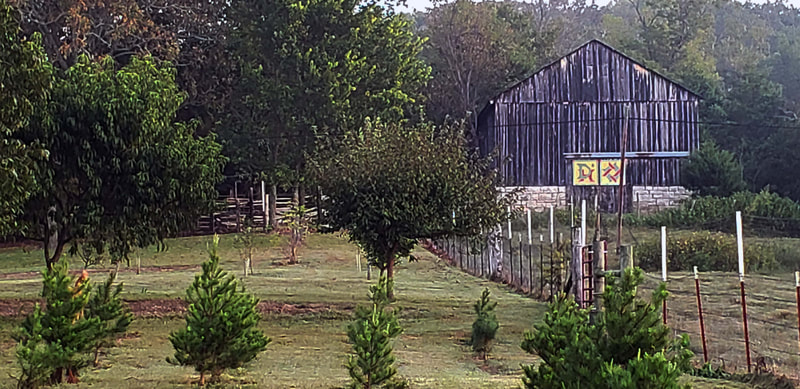
 RSS Feed
RSS Feed